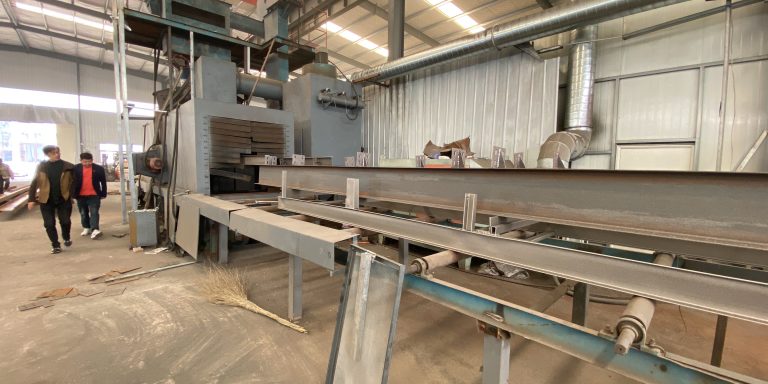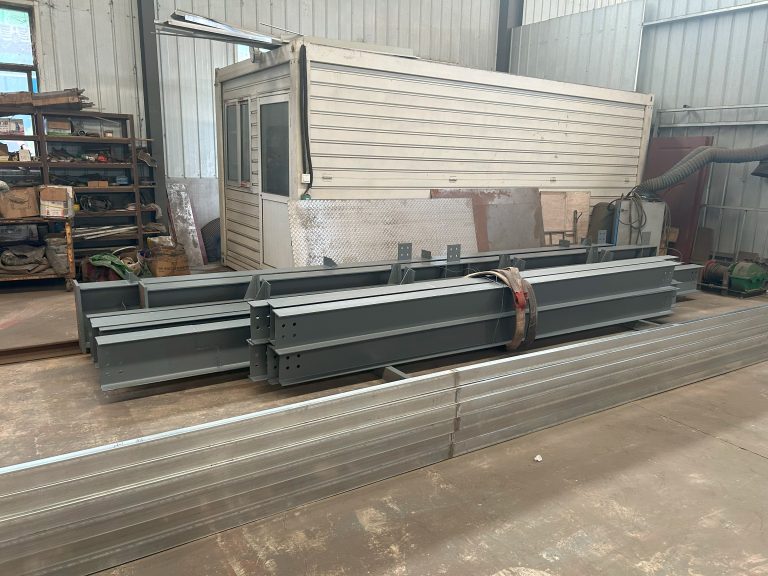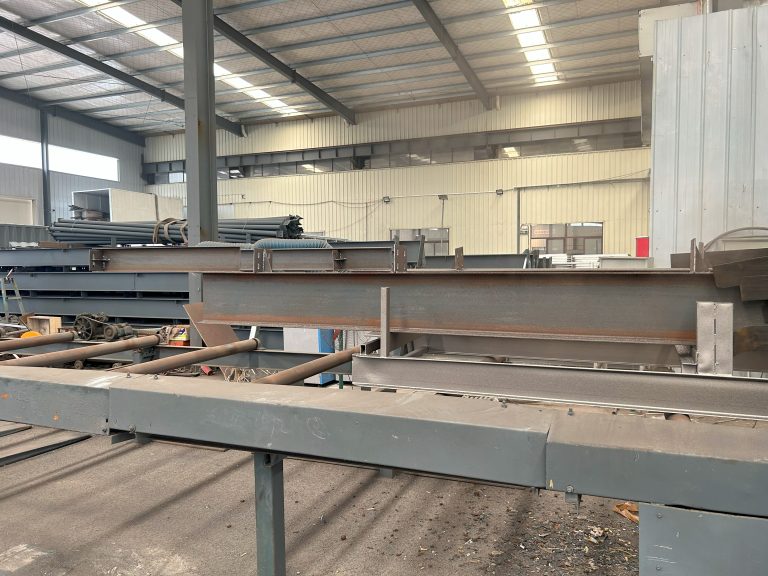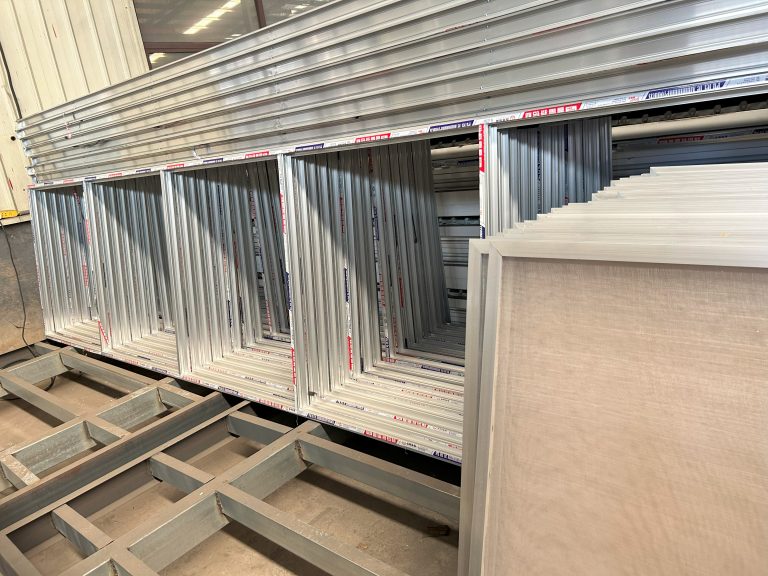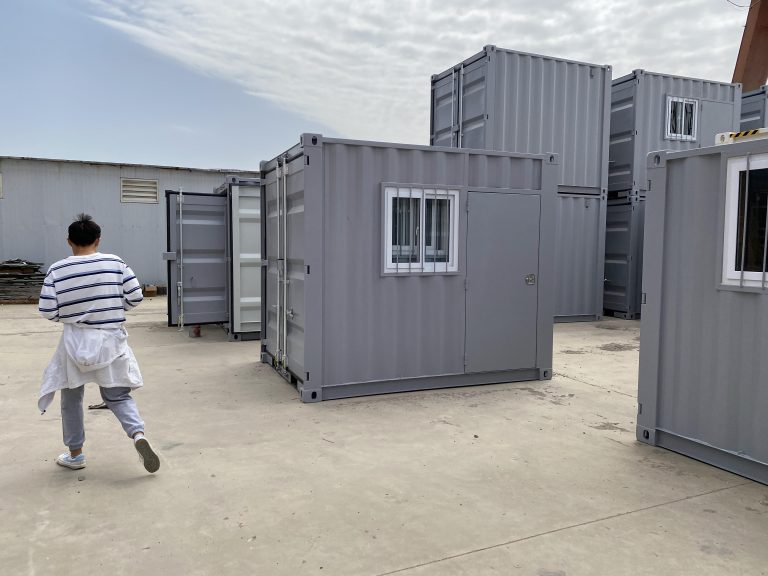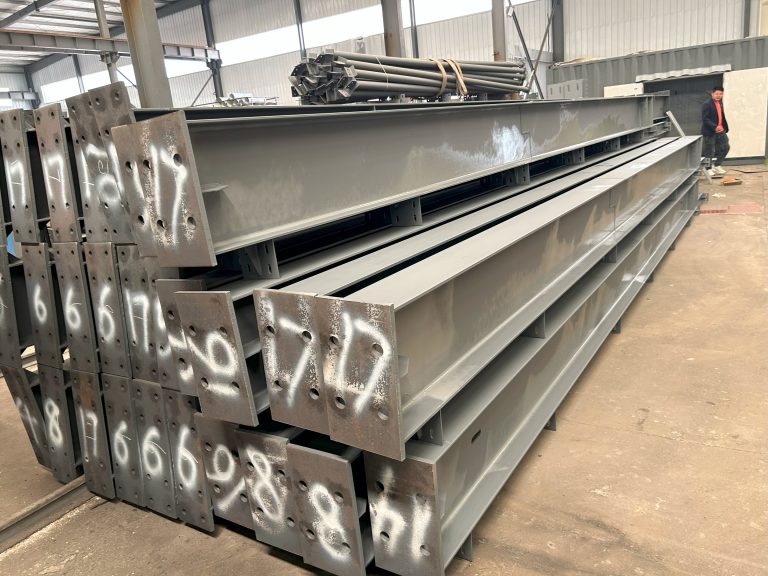The application prospect and challenge of steel structure in ocean engineering (such as offshore wind power and cross-sea bridge) are discussed.
Table of Contents
Advantages of Steel Structure in Ocean Engineering
Steel structures have long been a popular choice for various engineering projects, including those in the field of ocean engineering. The application of steel structures in ocean engineering, such as offshore wind power and cross-sea bridges, offers numerous advantages that make them a preferred option for such projects.
One of the key advantages of using steel structures in ocean engineering is their high strength-to-weight ratio. Steel is known for its exceptional strength, which allows for the construction of sturdy and durable structures that can withstand the harsh conditions of the ocean environment. This strength is particularly important in offshore wind power projects, where the structures must support heavy wind turbines and withstand strong winds and waves.
In addition to their strength, steel structures are also highly versatile and can be easily customized to meet the specific requirements of a project. This flexibility allows for the construction of complex and innovative designs, such as the intricate lattice structures used in offshore wind turbines. Steel structures can also be prefabricated off-site and assembled on-site, reducing construction time and costs.
Furthermore, steel structures are highly resistant to corrosion, which is a critical factor in ocean engineering projects. The saltwater environment of the ocean can cause rapid corrosion of traditional building materials, but steel is able to withstand these corrosive conditions and maintain its structural integrity over time. This corrosion resistance makes steel structures a reliable and long-lasting option for ocean engineering projects.
Despite these advantages, the application of steel structures in ocean engineering also presents certain challenges that must be addressed. One of the main challenges is the high cost of steel compared to other building materials. Steel is a relatively expensive material, which can increase the overall cost of a project. However, the long-term durability and low maintenance requirements of steel structures can offset these initial costs over time.
Another challenge is the environmental impact of steel production. The manufacturing of steel involves the extraction of raw materials and the use of energy-intensive processes, which can contribute to carbon emissions and other environmental issues. However, advancements in sustainable steel production techniques, such as recycling and using renewable energy sources, are helping to reduce the environmental impact of steel structures in ocean engineering.
In conclusion, the application of steel structures in ocean engineering, such as offshore wind power and cross-sea bridges, offers numerous advantages that make them a preferred choice for such projects. The high strength-to-weight ratio, versatility, and corrosion resistance of steel structures make them ideal for withstanding the harsh conditions of the ocean environment. While there are challenges to overcome, such as cost and environmental impact, the benefits of using steel structures in ocean engineering far outweigh the drawbacks. As technology continues to advance and sustainable practices are implemented, steel structures will continue to play a crucial role in shaping the future of ocean engineering.
Challenges Faced by Steel Structure in Ocean Engineering
Steel structures have long been a popular choice for various engineering projects, including those in the field of ocean engineering. However, despite their many advantages, steel structures also face a number of challenges when it comes to applications in ocean environments. In this article, we will discuss some of the key challenges faced by steel structures in ocean engineering, particularly in the context of offshore wind power and cross-sea bridge projects.
One of the primary challenges faced by steel structures in ocean engineering is corrosion. The harsh marine environment, with its high levels of salt and moisture, can cause steel structures to corrode at an accelerated rate. This can lead to structural weakening and ultimately compromise the safety and integrity of the entire project. In order to combat this challenge, engineers must use corrosion-resistant coatings and materials, as well as implement regular maintenance and inspection protocols to ensure the longevity of the steel structures.

Another challenge faced by steel structures in ocean engineering is fatigue. The constant exposure to waves, currents, and other environmental factors can subject steel structures to cyclic loading, which can lead to fatigue failure over time. In order to mitigate this risk, engineers must carefully design the steel structures to account for fatigue loading, as well as implement monitoring and maintenance programs to detect and address any signs of fatigue before they become a serious issue.
In addition to corrosion and fatigue, steel structures in ocean engineering also face challenges related to environmental impact. The production and installation of steel structures can have a significant environmental footprint, particularly in terms of energy consumption and greenhouse gas emissions. In order to address this challenge, engineers must explore alternative materials and construction methods that are more sustainable and environmentally friendly, such as using recycled steel or incorporating renewable energy sources into the construction process.
Furthermore, steel structures in ocean engineering also face challenges related to cost and logistics. The transportation and installation of steel structures in remote and harsh ocean environments can be complex and costly, requiring specialized equipment and expertise. In addition, the maintenance and repair of steel structures in these environments can also be challenging and expensive. Engineers must carefully consider these factors when designing and implementing steel structures in ocean engineering projects, in order to ensure that they are both cost-effective and sustainable in the long term.
Despite these challenges, steel structures continue to be a popular choice for ocean engineering projects, particularly in the fields of offshore wind power and cross-sea bridges. Their strength, durability, and versatility make them well-suited for these applications, and ongoing research and development efforts are helping to address some of the key challenges faced by steel structures in ocean engineering. By carefully considering the unique challenges and requirements of ocean environments, engineers can continue to harness the potential of steel structures to drive innovation and progress in the field of ocean engineering.

